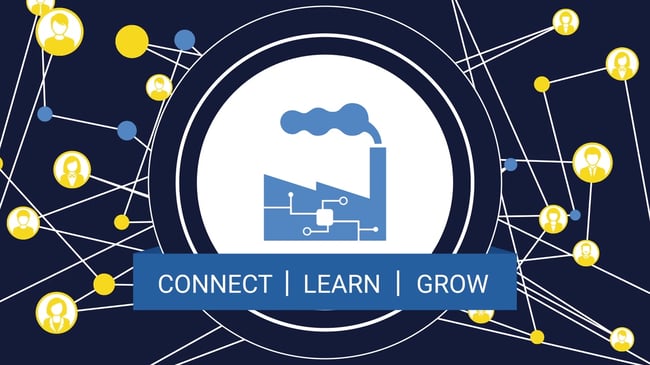Digital transformation doesn’t happen overnight! Depending on the size of your business, changing over to mostly or entirely digital processes could take anywhere from weeks to years. The challenges faced by each company doing this will be different, but one thing remains the same: having a strategy in place will make the process much easier!
These are aspects we focus on in our own consultation work, when helping companies find their way towards a better digital workflow.
1. An emphasis on communications tools
Communication and information-sharing is the foundation of any digital workplace and workflow, so that should be your starting point. Digital technologies are amazing at enabling sharing of information, collaboration, and building connections between people both in and out of your company. One of your first steps should be to invest in the tools necessary to enable this.
When making your choice, focus on scalability. You want a platform which can grow with you for years to come.
2. Concrete goals for the project
You want to be able to easily ‘sell’ the idea of digital transformation to anyone in your office who might be dubious – that means having clear goals, and a path towards achieving them. Just a few of the potential benefits of a digital workflow include:
- Increased revenues
- Decreased costs
- Improved customer experiences
- Better employee recruitment / retention
- Faster time-to-market on new products
- More agile and informed decision-making
- Keeping up with customer expectations
Whatever your specific goals for the project are, keep them in mind then look for technology which specifically enables those goals. This will help keep your initial set of technology purchases limited and focused on practical outcomes. Extra features and long-term wishlist goals can come later.
3. A plan for responsible governance and compliance
A digital office won’t manage itself – although it will probably be much easier to manage! You will still need to have a solid plan in place for governing the project, as well as planning for regulatory compliance and risk management.
For example:
- Define the roles and responsibilities of key personnel and stakeholders involved in the project. Ensure they have good lines of communication. (Again, good communication tools are crucial.)
- Establish guiding principles for the project, derived from your large-scale goals, with emphasis on creating actionable/achievable goals.
- Plan for information governance and proper data handling. You will want to get your legal department involved, to ensure you understand the current data regulatory environment.
- Start preparing for training and certification. Digital transformations do come with significant training hurdles.
- Develop crisis management and emergency response plans. If something happens to your digital framework, you need to be able to act quickly to get it back online.
Cover these areas in your planning, and you will be well on your way towards an orderly and well planned-out digital transformation.
FUSE Makes Digital Connections Simple!
FUSE is a revolutionary new approach to building digital ecosystems, a free-to-use platform which any company can utilize to create digital business structures. To learn more, just create your free account, or else contact us for more information!

